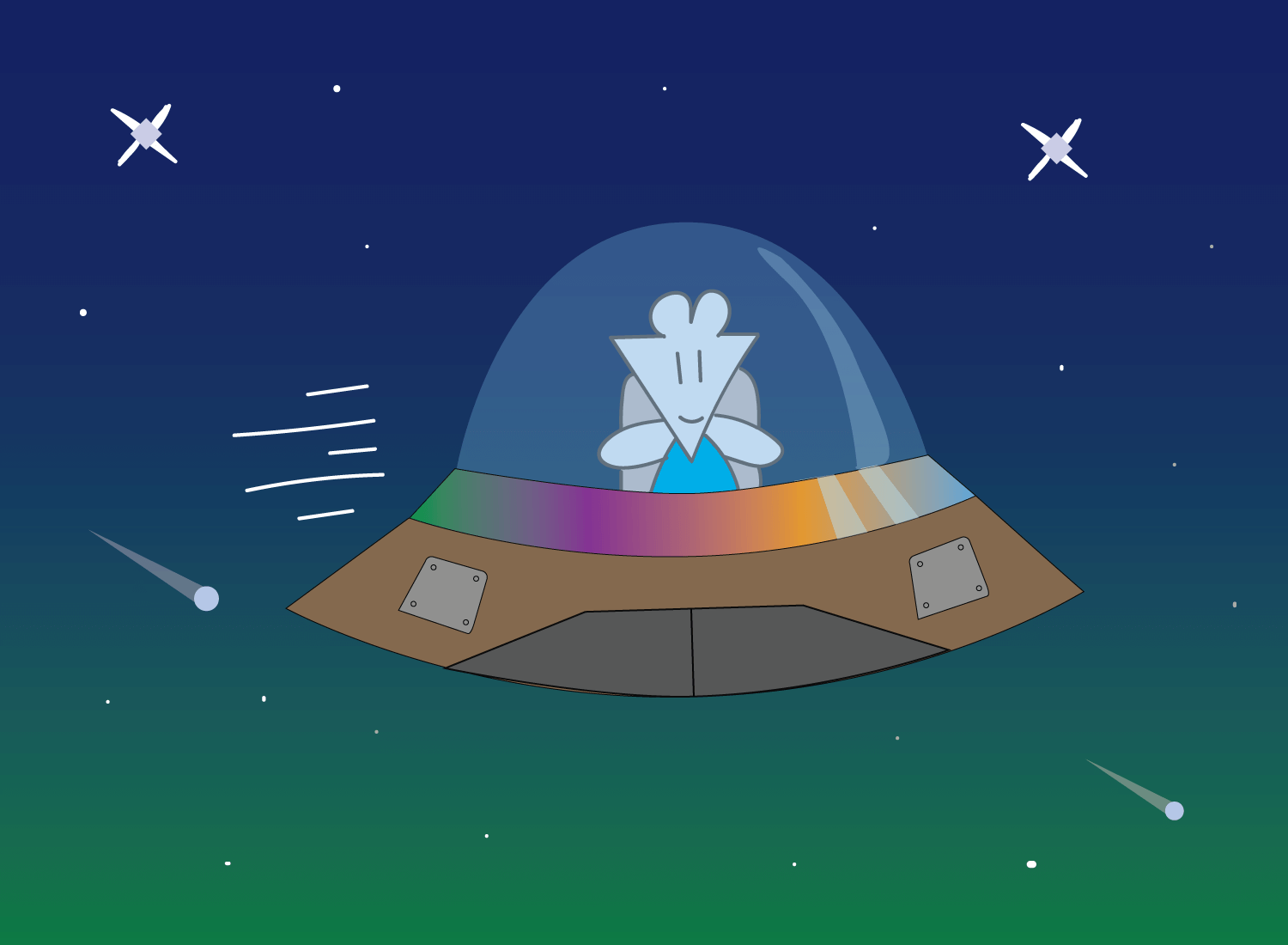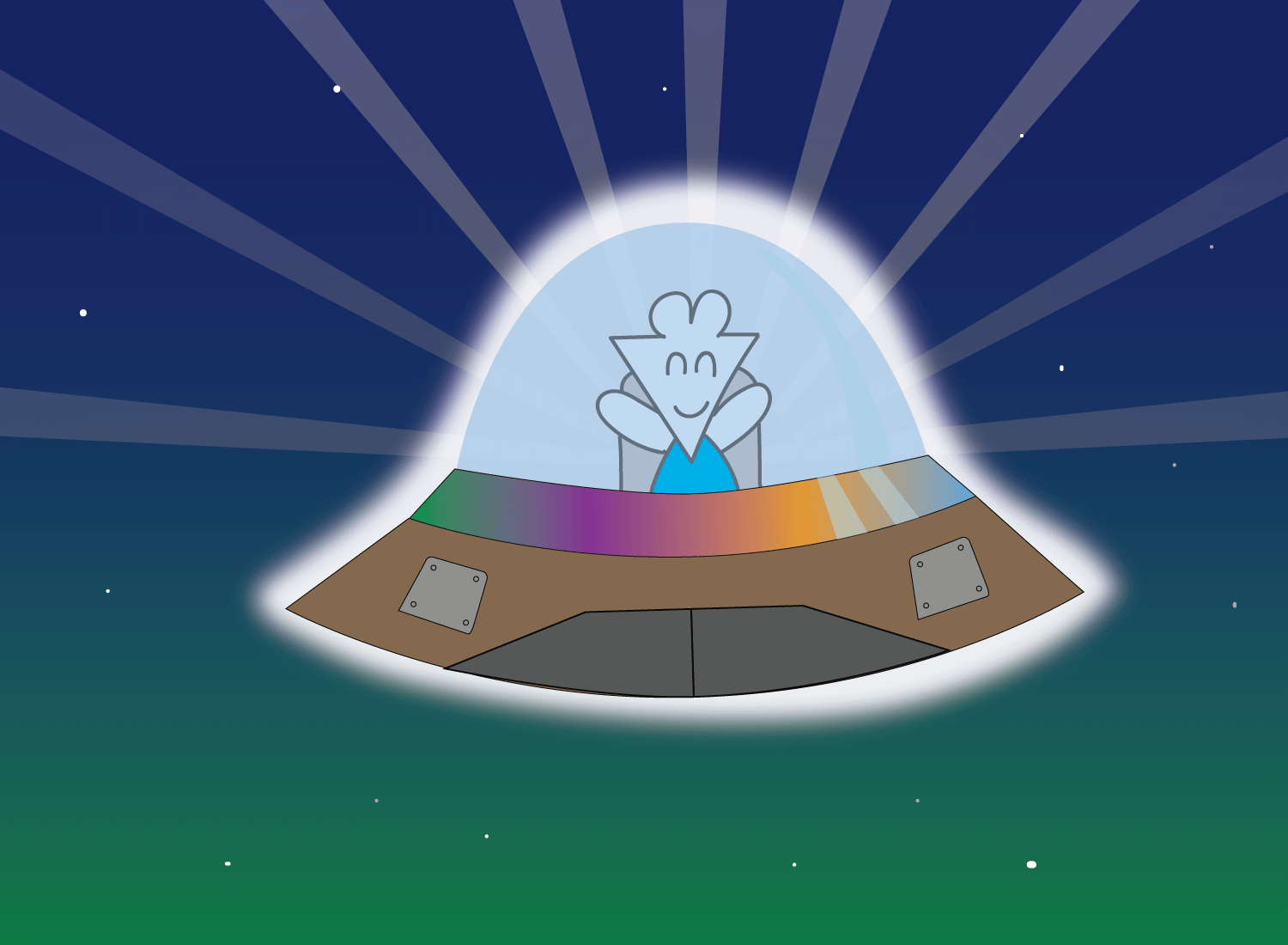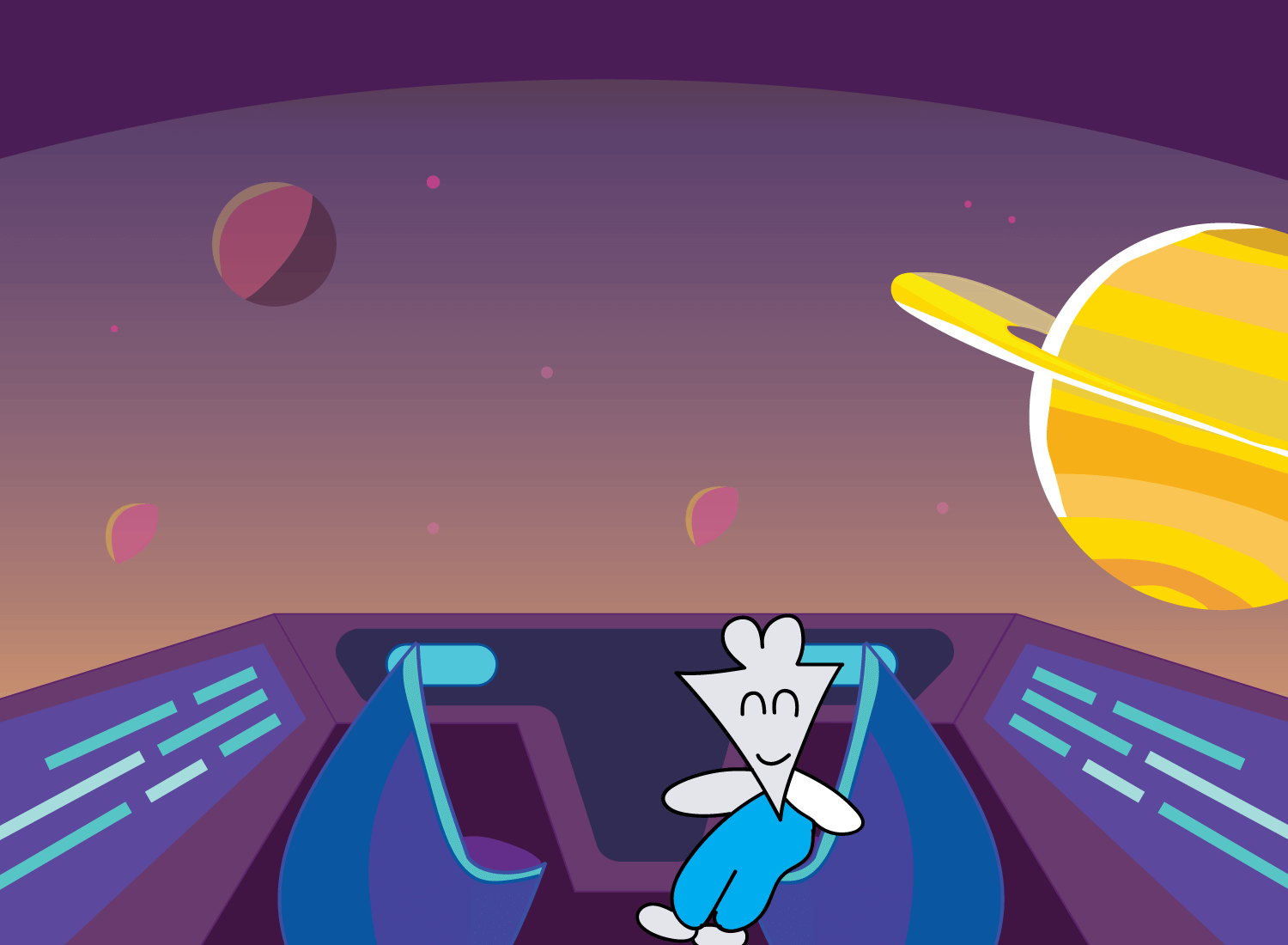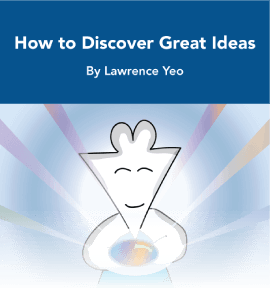What Is the Present Moment?
I’ve often wondered what it means to be present.
Whenever we express suffering to others, a common form of advice tends to be that. To be present. To be still, to experience what is, and to be fully immersed in what is here now.
But what the hell does that mean?
What does it mean to engaged in what is here “now,” if the “now” keeps changing?
I’ve often envisioned the present as a kind of space capsule we occupy at any given moment. Something that looks a little like this:
In the present moment, I am completely immersed in this capsule. I am in tune with the material reality that exists before me. The smooth steel that comprises the capsule’s walls, the feeling of the chair snuggling my butt, the glass dome that protects me. All of these things come together to construct the material existence I’m a part of now.
In addition, the present moment also carries my mental state. It holds the thought I’m thinking, the sensations it creates, the consciousness that makes this all possible. All of this is housed within the boundaries of my mind, which itself is housed within my physical form, which itself is riding around in the capsule of the present moment.
This capsule is the “now.” It’s the only thing that exists, and the only thing that I can actually be in touch with at any given moment.
However, this capsule is perpetually in motion. With each breath we take, it inches forward in space, moving toward a place where the breath will inevitably cease to exist. We all know that one day the capsule must be dismantled. Paradoxically, the more breaths we take, the more that truth becomes self-fulfilling.
This path toward the inevitable is what I view as the future. Even though the ultimate destination is scary, the future is quite promising for many people. That’s because the known destination isn’t what’s important; it’s how we build our paths toward it that is the compelling story.
The future is constructed by a web of thoughts, which has no consistent pattern, no rhyme or reason to the way each node is connected. Ever since the dawn of humanity, we’ve tried to predict the exact path our capsules would traverse through this vast web.
And every time, we’ve failed spectacularly.
The only thing we ever got right was that everyone’s future ends the same way.
The future cannot be mapped out, simply because it doesn’t actually exist. I can touch the glass of the capsule that surrounds me, but I cannot grasp the infinite sky that envelops me. I desperately want to feel it, but that’s like asking someone, “How does it feel like to hold air?”
The question is an incomprehensible one, just like we cannot understand the vastness of what lies ahead.
But yet, we invest for the long-term, we look toward the next generation, and we cultivate meaning in what is to come. This is because we’ve chosen to believe in the story of the future. We have convinced ourselves and each other in the importance of sacrifice, the nature of giving some of the capsule away for a slice of uncertainty that we hope will fall in our favor.
As we give more pieces of the capsule away, however, we become more reliant upon the future. We long for it to return what we’ve given, plus interest.
And hey, at times, we’re fortunate. We’re given an enormous blessing.
So we rejoice.
We celebrate.
And then we expect.
We turn to the amorphous future to give us what we desire, as our imagination provides color to the outline of our expectations. Slowly, we forget about the capsule we’re in. We start viewing it as nothing more than a series of potential sacrifices. A source of loose metal and glass we can offer for the hopes of something greater.
But the future makes no promises. It doesn’t communicate. It has no gaze.
It doesn’t exist.
Sometimes we come to this realization too late, and we find ourselves with a capsule that is barely functional. We’ve traded away too much, and gotten back nothing.
We then wonder why we made such stupid decisions, why we gave up so much of ourselves for no reason. Why we couldn’t do anything better with what we had.
Regret, shame, doubt.
All of these are the result of living in the other direction:
The past.
The past is similar to the future in that it doesn’t exist either. It is a mental construct, one that has been preserved by memories and the stories we tell ourselves. While it has shaped and guided our capsules, the past no longer occupies it, just like an architect doesn’t live in a building she designs.
So if the past and future are both constructs, there’s only one thing that actually does exist:
You got it.
The capsule is the only thing that matters, the only real touch point we actually have. The past has already collapsed, and the future is yet to be experienced. And by the time that future is experienced, it’s already become the present.
The capsule is an ever-drifting “now,” moving moment-by-moment across the universe of our lives. It is all we have, and all we ever will.
So what does it mean to be present?
It’s the ability to touch and cherish the walls of the capsule, no matter how difficult that may be.
To cease giving up pieces of the capsule today for the expectation of a better tomorrow.
To let go of a yesterday that doesn’t contribute to the beauty of today.
And to understand that this capsule is the only thing that’s real – in every sense of the word.
_______________





